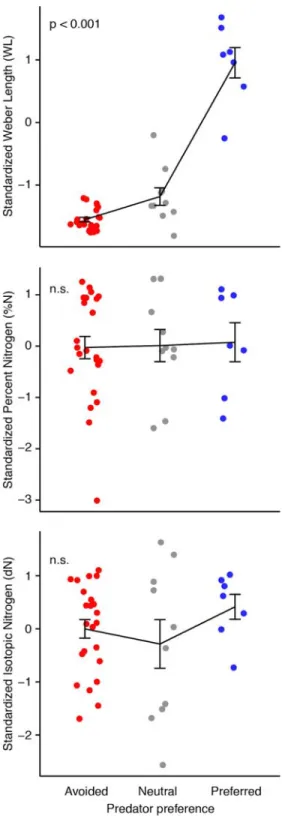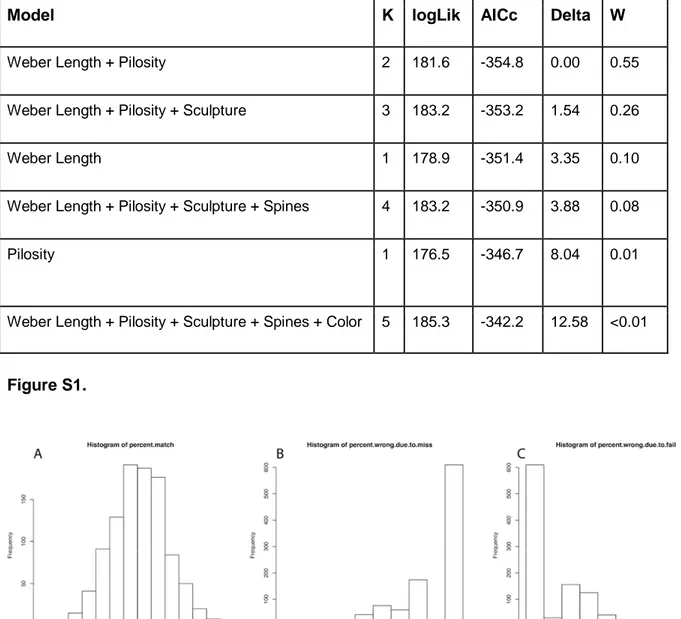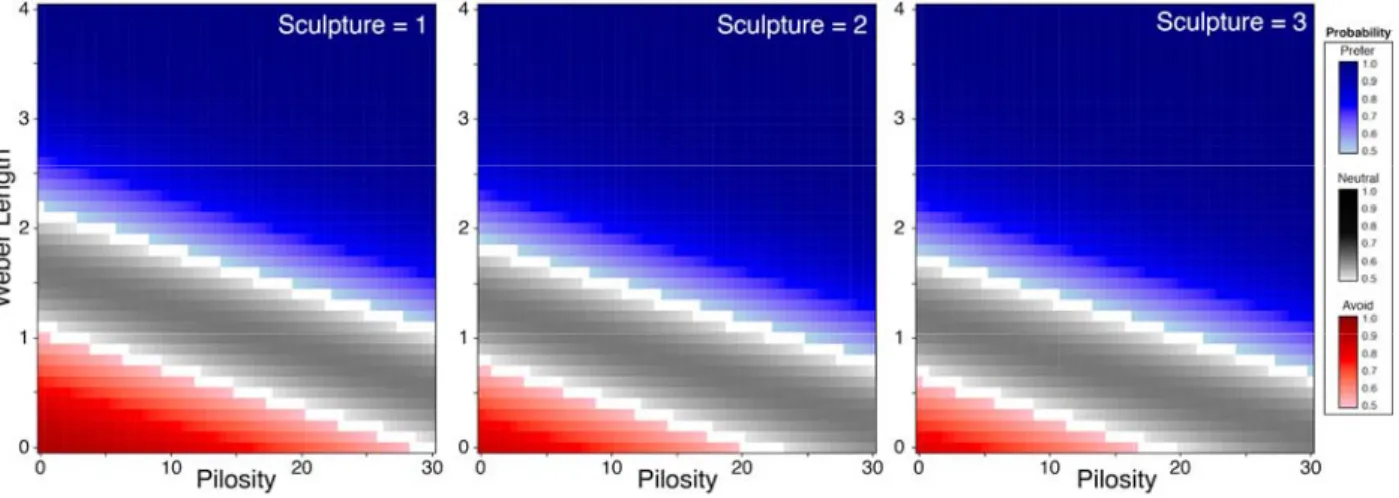Prey’s traits mediate a neotropical toad diet
Texto completo
Figure

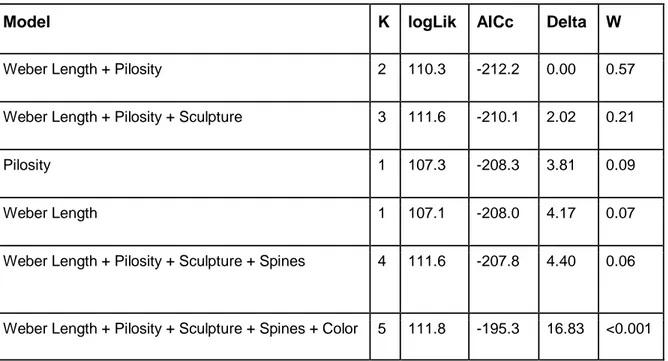
![Figure 1. Linear selectivity values for 84 ant species. Preference categories of ant species [prefered (blue), neutral (black) and avoided (red)] were established according to a null model distribution (grey area)](https://thumb-us.123doks.com/thumbv2/123dok_es/3189306.579976/18.918.109.655.103.876/figure-selectivity-preference-categories-prefered-established-according-distribution.webp)
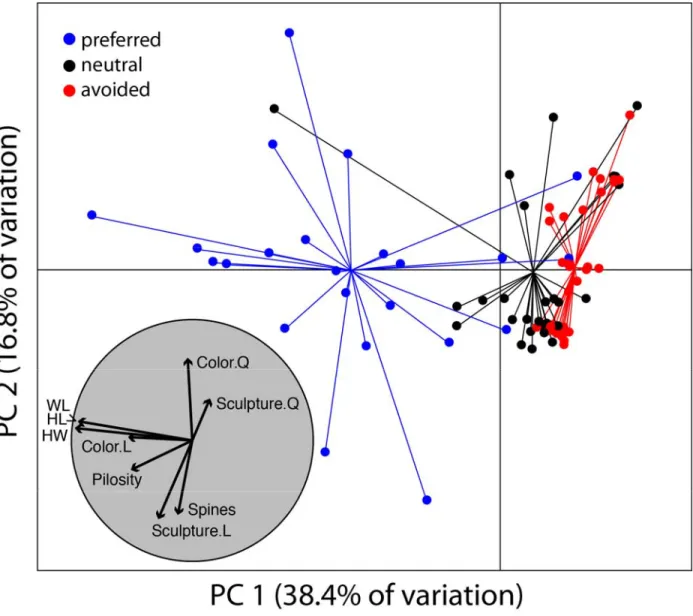
Documento similar
Occurrence of Giardia duodenalis assemblages A and B according to sociodemographic (age, gender) and clinical (stool consistency, symptoms) variables of the 30 PCR-positive
Reports describing the occurrence and molecular diversity of Cryptosporidium hominis in production and domestic animal species
Our meta-analysis, focusing specifically on the efficacy of PIs in improving psychological outcomes, both negative and positive, in CAD patients, clearly differentiates from
Intrinsic features of 9pp89 itself, such as its strong association with the presenting molecule L d , contribute to its capacity to induce CD8 + -mediated
Enterocytozoon bieneusi (Microsporidia): Identification of novel genotypes and evidence of transmission between sympatric wild boars (Sus scrofa ferus ) and Iberian pigs (Sus
This paper shows a safety and security co-engineering framework, which covers standard compliant process derivation and management, and supports product specific safety and
For each grid cell within Spanish boundaries, we introduced in the software the data for the baseline scenario (average population figures, mortality rates broken down by 5
proposed an exposure-response model to quantify dynamic changes in mortality following increases or decreases in air-pollution levels (Roosli et al., 2005). At all events,
